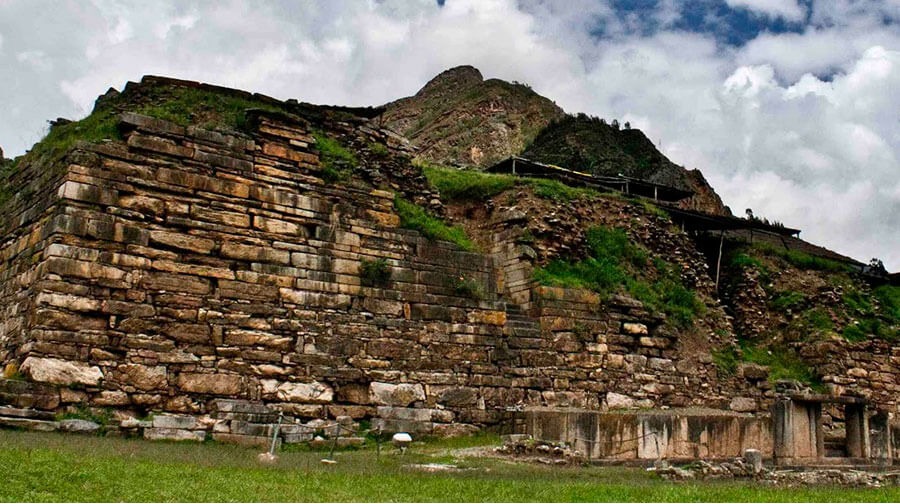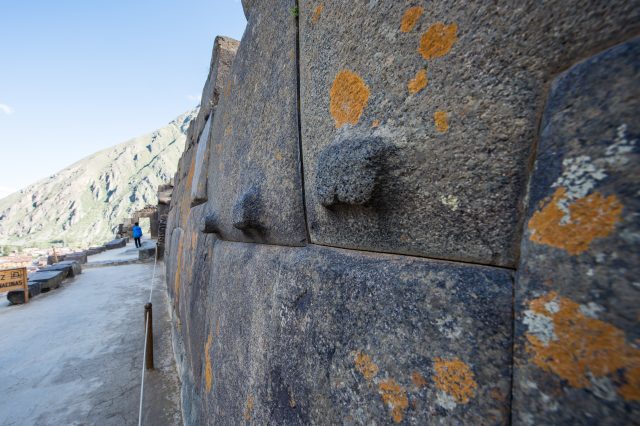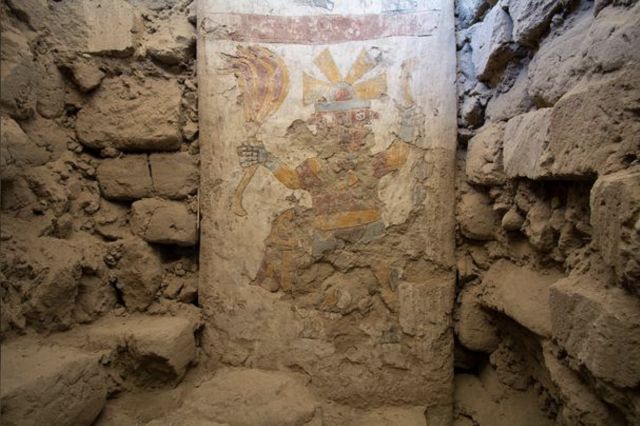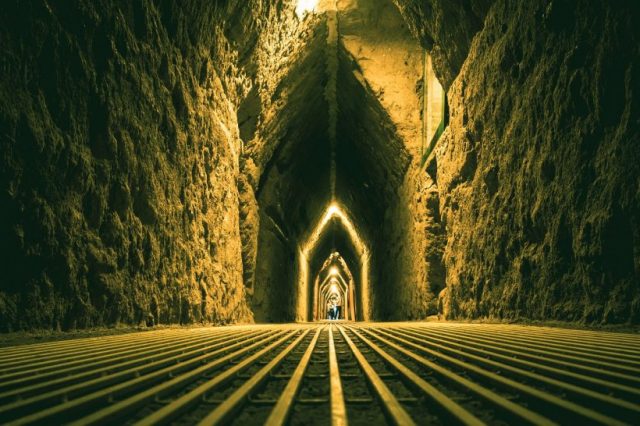Archaeologists report discovering an ancient tunnel and gallery beneath a pyramid temple called Chavín de Huántar in Peru. The secret tunnel and gallery revealed artifacts dating back over 3,000 years.
A group of researchers has discovered a secret tunnel and gallery beneath an ancient pyramid temple in Peru, dubbed Chavín de Huántar, located in the province of Huari. According to initial reports, the tunnel and gallery were built during the early period of the Chavín culture and would have an estimated age of over 3,000 years.
The discovery was reported on Friday, May 20, and was made by the team from the Chavín de Huántar Archaeological Research and Conservation Program at Stanford University in the United States.
The find was confirmed by the Ancash Decentralized Directorate of Culture, which highlighted that two ceremonial vessels were found inside the gallery, one of them with realistic carvings of a condor.
The team that made the archaeological find, led by John and Rosa Rick, archaeologists from Stanford University, reported that their journey to make this discovery goes back to 2018 when a gallery was discovered through a small opening located deep within one of the main buildings of Chavín, dubbed Building D.

Thanks to the images of a robotic camera, researchers were able to see a closed room with an unknown object in the center.
Due to the pandemic, archaeological investigations were suspended. Only recently, archaeologist John Rick, director of the research project, was able to enter through a narrow passage, about 40 centimeters in diameter, which led to the hidden passage gallery.
Once inside, that object seen in the images turned out to be a sculptural ceremonial stone bowl. In its upper part is a three-dimensional carving of the head of a condor. On the sides, wings are engraved, and on the opposite side of the head, there is a bird’s tail intricately etched to resemble a condor.
The remains of a stone bowl or vessel with a refined rim were also found. Both pieces are 30 by 25 centimeters in diameter.
The condor bowl has an estimated weight of 17 kilograms.
It is estimated that they were deposited as offerings at the closing of the gallery around 3,000 years ago. Due to the discovery of the bowl with the symbolism of a condor, this complex has been called the Gallery of the Condor.
Thanks to this discovery, Rick and his team can confirm that this monument had galleries for more than 3,000 years. This indicates that the one found is the oldest known to date.
In addition, researchers assure that this environment is purely ceremonial and represents a transitional period between the Late Pre-Ceramic site of Caral and the Middle and Late Formative periods.
The discovery was made thanks to the work of John Rick, an archaeologist from Stanford University in the United States with more than 50 years of experience. His wife, archaeologist Rosa Rick, coordinator of the project, worked with a team of young archaeologists, mostly Peruvians, and local collaborators.
The discovery was only made possible in coordination with the Ancash Directorate of Culture and financial support from Antamina.
“Antamina provides the necessary funds and has been our main support in the last 15 years. The funding allows us to assemble a program that, year after year, has the confidence to continue to exist and continue with research in Peru“, revealed John Rick.
For its part, Antamina noted that in the continuous effort to reassess the cultural richness of the region, it has also carried out editorial efforts, works to protect the monuments during rainy seasons, and made possible renovations of the Tello Obelisk.
Antamina also finances the research project of the Huarmey Castle, a conclave of the Wari culture on the Peruvian coast.
Archaeologists believe that the construction of Chaván de Huántar started before 1200 BC and was completed mainly by 750 BC. The temple is a massive pyramid with a flat top surrounded by lower platforms. In the center is a sunken circular court with a U-shaped plaza. It is likely that the “Circular Plaza” served as a sacred and ritually important outdoor space within a ceremonial center.
Join the discussion and participate in awesome giveaways in our mobile Telegram group. Join Curiosmos on Telegram Today. t.me/Curiosmos





